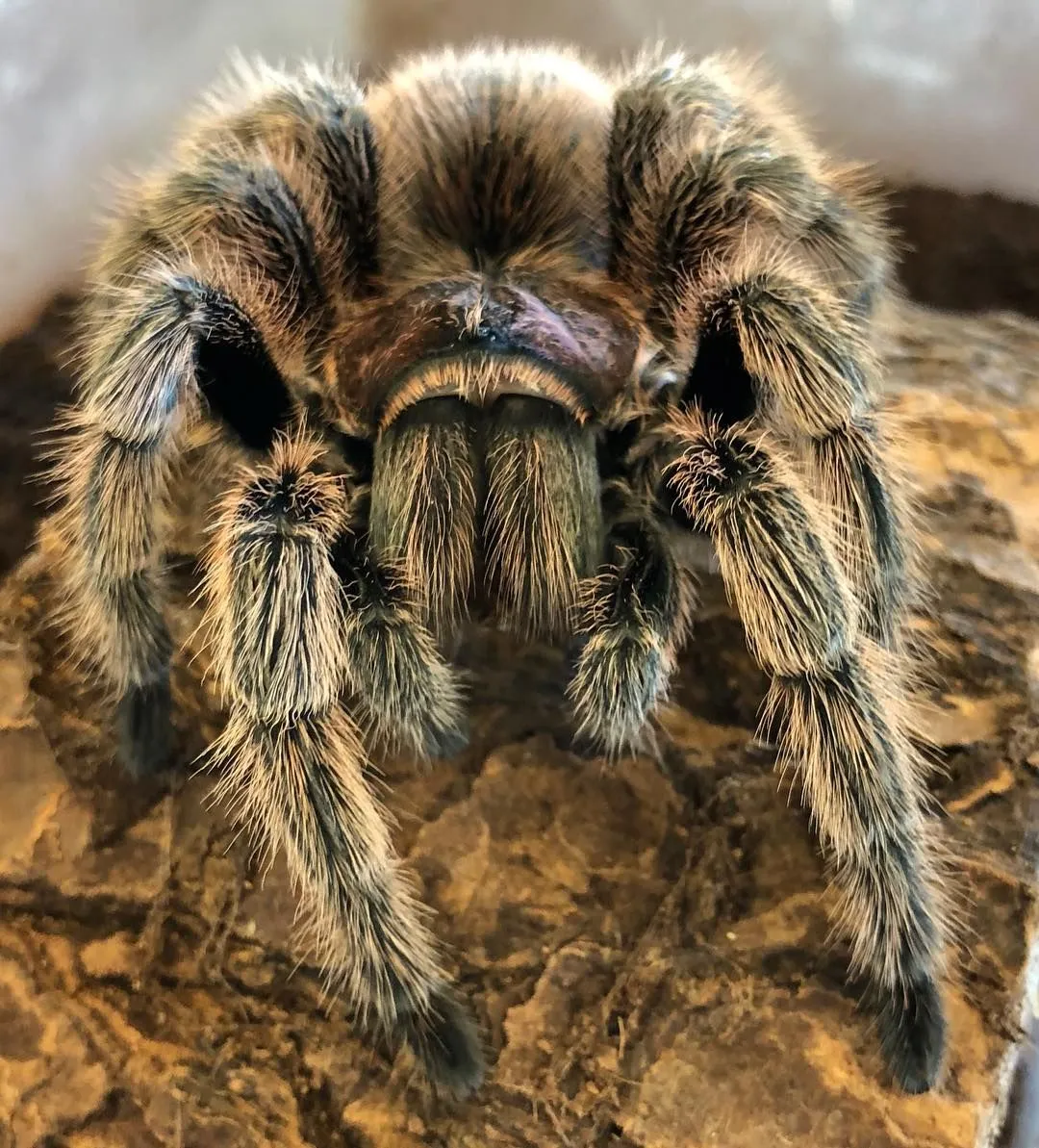Understanding Rose Hair Tarantula Predators
Rose hair tarantulas, despite their relatively docile nature and popularity as pets, face a variety of threats in the wild. Understanding these predators is crucial for both pet owners and anyone interested in the survival of these fascinating creatures. The rose hair tarantula, scientifically known as Grammostola rosea, is native to the arid regions of South America, including Chile, Argentina, and Bolivia. In their natural habitat, they have developed various defensive mechanisms to survive against a range of predators. This article will explore the top threats to these spiders, providing insights into their survival strategies and how to protect them.
Common Predators of Rose Hair Tarantulas
The survival of a rose hair tarantula depends on its ability to evade predators. Several animals and environmental factors pose significant dangers to these spiders. The primary threats come from birds of prey, various mammals, reptiles, and even certain insects. Furthermore, environmental conditions, such as extreme weather, can indirectly impact the tarantula’s safety. It is important to note that the threat level varies depending on the spider’s life stage, with juveniles being more vulnerable than adults. Identifying and understanding these threats is the first step in ensuring the wellbeing of rose hair tarantulas.
Birds of Prey
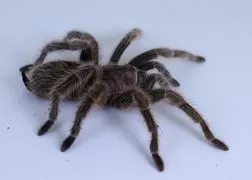
Birds of prey, such as hawks and owls, are significant predators of rose hair tarantulas, especially in open habitats. Their aerial hunting prowess and sharp talons make them formidable threats. These birds can spot the spiders from high altitudes, quickly swooping down to snatch them from the ground. The threat from birds is particularly high during the day, when they actively hunt. This necessitates that tarantulas have evolved specific behaviors and defensive strategies to avoid being captured. Furthermore, the size and agility of the birds enable them to target even larger tarantulas.
How Birds of Prey Hunt
Birds of prey hunt using a combination of keen eyesight and specialized hunting techniques. They often perch on high vantage points, such as trees or cliffs, to scan the ground for potential prey. Once a tarantula is spotted, the bird will dive down, extending its talons to grasp the spider. The speed and precision of the attack leave the tarantula with little chance to escape. The birds then carry their prey to a safe location, where they either consume the tarantula whole or tear it apart. The hunting strategy of birds of prey is a major factor in the tarantula’s survival challenges.
Defensive Strategies against Birds
To avoid predation by birds, rose hair tarantulas have developed several defensive mechanisms. They are primarily nocturnal, becoming most active at night when birds are less active. They also have the ability to quickly burrow underground, creating a safe haven. Some tarantulas also have urticating hairs on their abdomen, which they can flick towards a perceived threat. These hairs are irritating to birds and can deter an attack. These defensive strategies are vital for the tarantula’s survival, giving them a chance against a relentless aerial threat. The combination of behavioral and physical adaptations provides the tarantula with a better chance of survival in its natural habitat.
Mammals
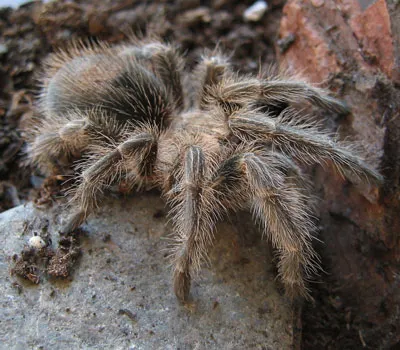
Various mammals, including skunks, opossums, and foxes, also prey on rose hair tarantulas. These animals are opportunistic hunters that can easily dig up burrows to access the spiders. Their keen sense of smell helps them locate tarantulas, even when the spiders are hidden underground. The threat from mammals is particularly high in areas where these animals are abundant. It also depends on the time of the year, since some of these mammals are more active depending on the season and food availability.
Mammalian Predators & Threats
Mammalian predators typically employ different hunting strategies. Skunks and opossums often dig into the tarantula’s burrows, while foxes might patrol the area, looking for exposed spiders. The size and strength of these predators make it challenging for tarantulas to defend themselves. These mammals possess sharp claws and teeth, allowing them to overpower the spiders quickly. Their ability to locate prey through scent and by digging makes the rose hair tarantula very vulnerable. Young tarantulas are especially at risk due to their smaller size and weaker defenses.
Protecting Tarantulas from Mammals
In their natural habitat, rose hair tarantulas often rely on deep burrows and defensive behaviors to avoid mammals. For pet owners, providing a secure enclosure is crucial to protect tarantulas from these threats. The enclosure should have a tight-fitting lid to prevent access by potential predators. Providing a substrate that allows for burrowing and hiding will also help the tarantula feel safe. Regularly inspecting the enclosure for any signs of damage or potential entry points is also essential. Keeping the tarantula away from areas where mammals are prevalent is also important.
Reptiles
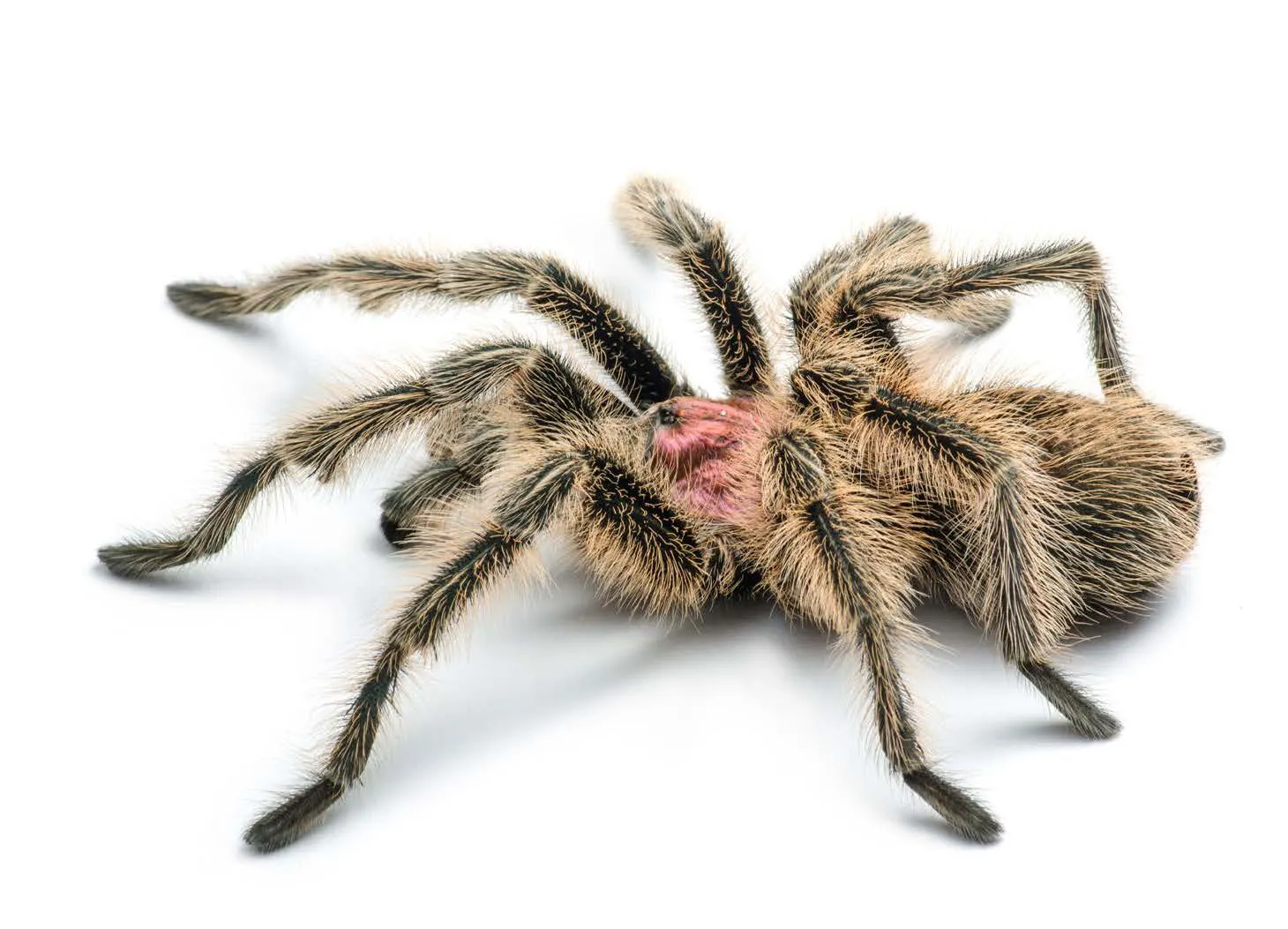
Reptiles, such as lizards and snakes, represent another threat to rose hair tarantulas. These reptiles can often enter the tarantula’s burrow or ambush them in their habitat. Their hunting strategies often include ambushing their prey or waiting for the tarantula to come out into the open. The venomous bites of some snakes can quickly incapacitate a tarantula, making them easy prey. The risk from reptiles is significantly increased in areas with a high population of these predators.
Reptilian Predators to Avoid
The specific reptiles that prey on rose hair tarantulas vary depending on the region. Common predators include various species of lizards and snakes. Lizards may attempt to dig up burrows or wait for the tarantula to come out in the open, while snakes may actively hunt the spiders. Some snakes have potent venom that quickly subdues the tarantulas, making it very difficult for them to survive. For pet owners, preventing reptiles from entering the tarantula’s enclosure is paramount.
Preventing Reptile Attacks
Protecting rose hair tarantulas from reptiles requires careful habitat management. For pet owners, the enclosure should be secured, with no gaps or openings where reptiles can enter. Regularly inspecting the enclosure and the surrounding area is essential to ensure the tarantula’s safety. In the wild, tarantulas rely on their ability to burrow deeply to avoid reptiles. In captivity, providing a deep substrate allows the tarantula to create a secure burrow, reducing the risk of predation. Furthermore, choosing a location for the enclosure away from areas with a high concentration of reptiles will help keep the tarantula safe.
Insects

Certain insects, such as parasitic wasps and larger predatory insects, pose a threat to rose hair tarantulas. While not as significant as the threats from birds or mammals, these insects can still harm the spiders. Some insects are parasitoids that lay their eggs on the tarantula, and the larvae feed on the spider, eventually killing it. The impact of these insects is often more pronounced on younger or weaker tarantulas. Protecting tarantulas from these threats often requires meticulous care and attention to the environment.
Dangerous Insects for Tarantulas
Specific insects that threaten rose hair tarantulas include parasitic wasps, which lay their eggs on the spider, and larger predatory insects, like some species of centipedes and other spiders. Parasitic wasps can paralyze the tarantula before laying eggs, and the larvae feed on the spider from within. Centipedes and other predatory insects may directly attack the tarantula, injecting venom or biting the spider. Understanding which insects pose a threat in a particular area is important for protecting the tarantula, whether in captivity or in its natural habitat.
Insect Control Measures
To protect rose hair tarantulas from insect predators, pet owners should maintain a clean and pest-free environment. Regular cleaning of the enclosure and the surrounding area can eliminate potential hiding places for unwanted insects. Inspecting any new substrate or decorations before introducing them into the enclosure is also crucial to prevent infestations. In the wild, the tarantula’s natural defenses and the environment usually provide some protection, but the impact of insect predators can still be significant, especially for young spiders. For pet owners, using safe and effective pest control methods can keep the tarantula safe.
Environmental Hazards
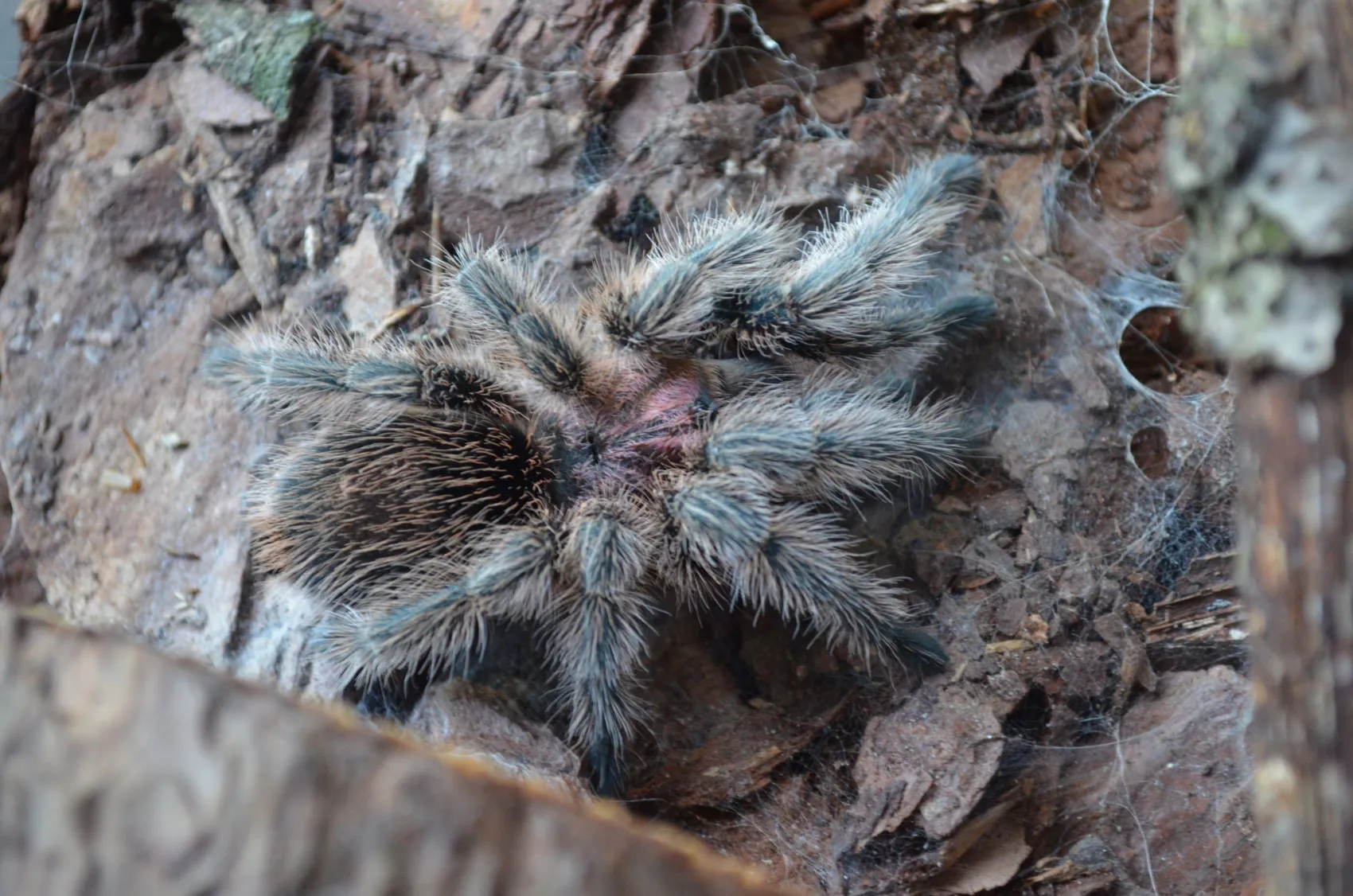
Environmental hazards, such as extreme weather conditions, can also indirectly impact the survival of rose hair tarantulas. Prolonged droughts can reduce food availability and force the spiders to become more active and vulnerable. Flooding can destroy burrows and directly kill the tarantulas. The impact of environmental hazards often depends on the spider’s ability to adapt to these challenges and find suitable refuge. Protecting them from such hazards requires proactive measures to ensure their habitat remains stable and supportive of their survival. Careful management of the environment, both in captivity and in the wild, is a key factor in ensuring the health and safety of these spiders.
Extreme Weather and Predators
Extreme weather can exacerbate the threats from predators. For instance, during droughts, the spiders may be forced to move, becoming more vulnerable to attacks. Heavy rains can flood burrows, leading to drowning or forcing tarantulas to seek shelter in exposed locations. Changes in temperature and humidity can also affect the spiders’ health and immune systems, making them more susceptible to predators. Therefore, creating a stable habitat and ensuring adequate shelter is extremely important for the tarantula’s survival.
Creating a Safe Habitat
Creating a safe habitat involves providing a balanced environment where the tarantulas can thrive. In captivity, the enclosure should provide ample space, proper substrate for burrowing, and a consistent temperature and humidity level. The enclosure should be located away from direct sunlight and drafts. For pet owners, providing a hide and a water dish are essential for the tarantula’s wellbeing. In the wild, tarantulas choose locations with good soil conditions and shelter from the elements. By creating a habitat that caters to the tarantula’s needs, their chances of survival can be improved.
Conclusion
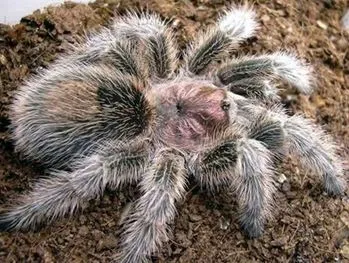
Rose hair tarantulas face a variety of predators and environmental challenges in their natural habitat. Understanding these threats is crucial for their survival. Birds of prey, mammals, reptiles, and insects all pose significant risks, along with the indirect effects of extreme weather. By recognizing these threats and implementing protective measures, both pet owners and conservationists can help ensure the wellbeing of these fascinating creatures. Creating a safe environment, whether in captivity or in the wild, is key to the continued existence of rose hair tarantulas and highlights the importance of responsible care and habitat preservation.
